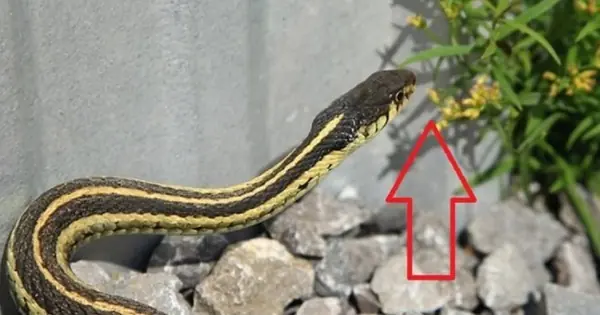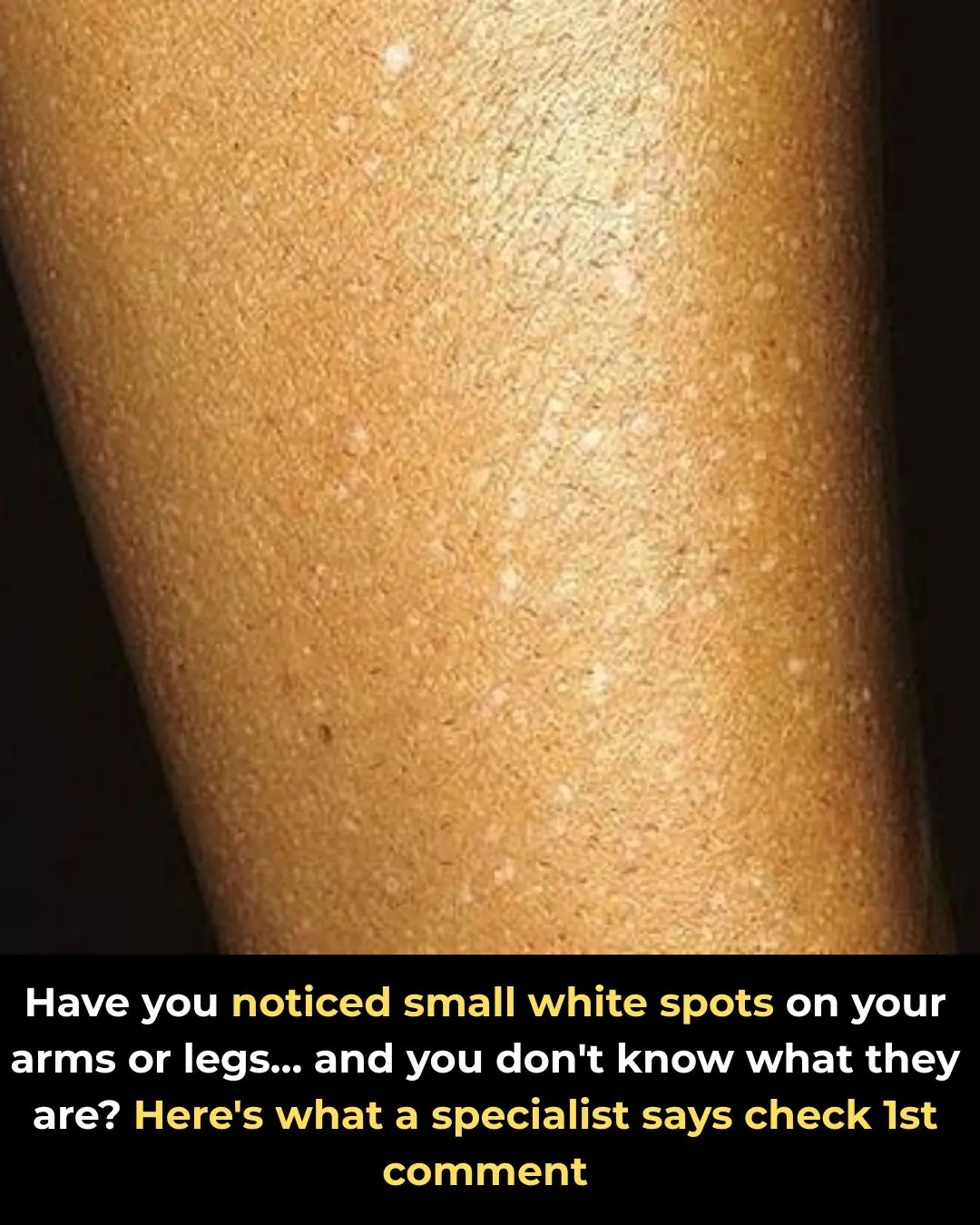
The Shocking Secret of Spider Flight: How Electric Forces Lift Them Into the Sky
Scientists have finally uncovered the surprising mechanism behind one of nature’s strangest modes of travel: the ability of spiders—particularly tiny, newly hatched spiderlings—to “fly” through the air without relying on wind. For decades, observers have watched spiders launch themselves skyward using delicate silk threads, a behavior known as ballooning, yet the force that enabled this ascent remained one of biology’s most persistent mysteries.
New research reveals that spiders are not simply riding random air currents. Instead, they tap into a fundamental feature of the planet itself: Earth’s atmospheric electric field. The surface of the Earth naturally carries a negative electrical charge, while the atmosphere above it carries a positive charge. When a spider releases fine strands of silk, these threads accumulate a negative charge and are pushed upward by electrostatic repulsion. This subtle but powerful interaction gives the silk lift—enough to pull the spider into the air and keep it suspended even when the wind is still.
Scientists also discovered that spiders possess highly sensitive mechanosensory hairs, called trichobothria, on their legs. These microscopic hairs can detect tiny changes in electric fields, allowing spiders to sense the ideal moment to deploy their silk and initiate takeoff. Rather than being passive passengers, spiders are actively responding to environmental cues to launch their airborne journeys.
Ballooning allows spiders to travel astonishing distances. Some species can drift for several kilometers, while others have been documented landing on ships far out at sea and even dispersing between continents. This phenomenon was famously observed by Charles Darwin in 1832 aboard the HMS Beagle, when he reported large numbers of spiders landing on the ship despite calm weather. For nearly two centuries, Darwin’s observation puzzled naturalists—until modern experiments provided an answer.
Recent studies, including a widely cited experiment published in Current Biology (2018), demonstrated that spider ballooning can occur in a completely windless environment when researchers artificially recreated atmospheric electric fields. Additional reporting by BBC Science, National Geographic, and the Smithsonian Institution has highlighted how these findings reshape our understanding of insect and arachnid dispersal.
This discovery has broader implications for ecology and climate science. Understanding how spiders travel helps scientists predict how species spread to new habitats, including in response to environmental changes. It also offers insight into how airborne particles, lightweight organisms, and biological materials may interact with the global electric circuit.
In unraveling this mystery, researchers have essentially solved a puzzle that dates back to Darwin’s time: spiders fly not just with silk and luck, but with the invisible forces that envelope the Earth itself. Their delicate threads, once thought to be mere parachutes, are now understood as finely tuned instruments designed to tap into the planet’s natural electrical energy—a remarkable example of how small creatures harness big forces.
News in the same category


What is their purpose in doing so?

🛁 Say Goodbye to the Shower: Japan Unveils the 15-Minute "Human Washing Machine"

Fingerprint Individuality: A Story Written by Biology, Environment, and Chance

Northwestern Study Reveals Hidden Dangers in Youth Skincare Influencer Culture

Scientists Discover a Brain Receptor That Acts as a Natural Shield Against Alzheimer’s

A Fluorescent Breakthrough: New Dye Helps Surgeons Precisely Target Prostate Cancer

When a Humpback Whale Became a Hero: The Extraordinary Rescue of Marine Biologist Nan Hauser

🤯 Beyond the Void: How Quantum Physics Suggests the End of Life Is an Illusion

🧠 Medical Marvel: The Bullet That Accidentally Cured Severe OCD

If you kiss a deceased loved one, you should know that it causes ...

When a Woman Bites Her Lip While Staring at You, It Means She Is ...

3 flowers that make snakes tremble with fear — beautiful and safe to plant around your home

Meet Jonathan: The 192-Year-Old Tortoise Who Has Witnessed History and Continues to Inspire

Retired Couple in UK Successfully Nurtures 90-Million-Year-Old Wollemi Pine, Leading to Its First Reproduction Outside Australia

Stem Cell Therapy for Type 1 Diabetes Shows Promise in Human Clinical Trials

Have you noticed small white spots on your arms or legs… and you don't know what they are?

How Guyana Became the Only Nation Fully Self-Sufficient in All Seven Major Food Groups
News Post

Why Do We Get Shocked by Static Electricity

What Clearing the Table Says About You

The Magic of Lemon Juice and Activated Charcoal: Natural DIY Solutions for Skin and Teeth

Improve Eyesight Naturally With Onion Tea: Benefits, Uses & How to Make It

Make your own biotin powder for glowing skin

Roll your feet daily—unlock rapid healing throughout your body!

Diabetes? Just boil these leaves to lower blood sugar (without medications)!

How to Get Rid of Bad Breath (Halitosis): Scientifically Proven Home Remedies

What is their purpose in doing so?

Meet Adrian Octavius Walker, the Photographer Whose Impact Extends From Ferguson to the Smithsonian

Breakthrough Hair-Loss Treatment

Which Raw Food Would You Eat

Barber’s Haircuts for Homeless Initiative Brings Participant to Tears

Oprah Winfrey Selects Tina Knowles’ Memoir ‘Matriarch’ for Book Club in a Tearful, Powerful Moment

Common Remembers The Time He Told Chance The Rapper To ‘Keep Following His Dreams’

Potato Toner for Clear Skin, Dark Spots, and Pigmentation: A Comprehensive Guide to Restoring Your Natural Glow

Add This Oil to Vaseline To Get Rid Of Wrinkles

DIY Okra-Based Keratin Treatment for Silky, Strong Hair: Transform Your Hair Naturally At Home

Homemade Aloevera Gel – How to Make Aloe Vera Gel at Home
